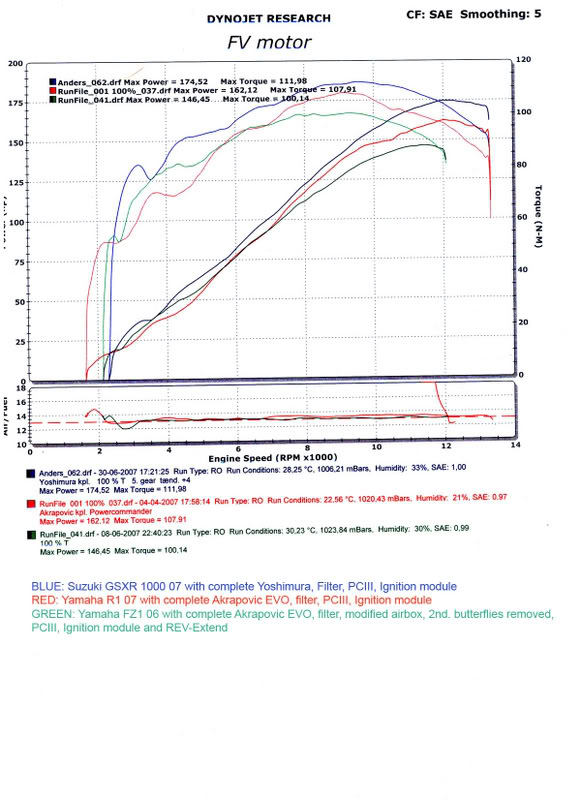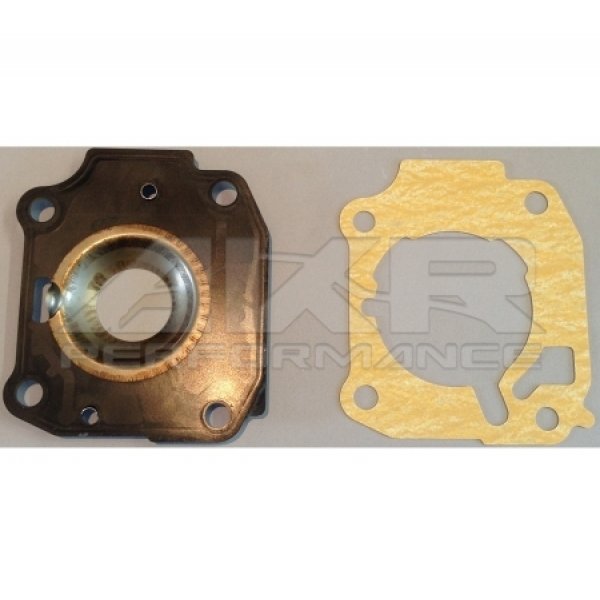This related question is concerned with why manufacturers de-rate engines.
But how can they get an engine to produce less torque/power?
As an example:
- the VW W12 Phateon (2010-2011) produced 450 hp
- the VW W12 Nardò (2001) concept made 600 hp
- both have the same 5998 cc engine, yet the difference is an astonishing 150 hp.


